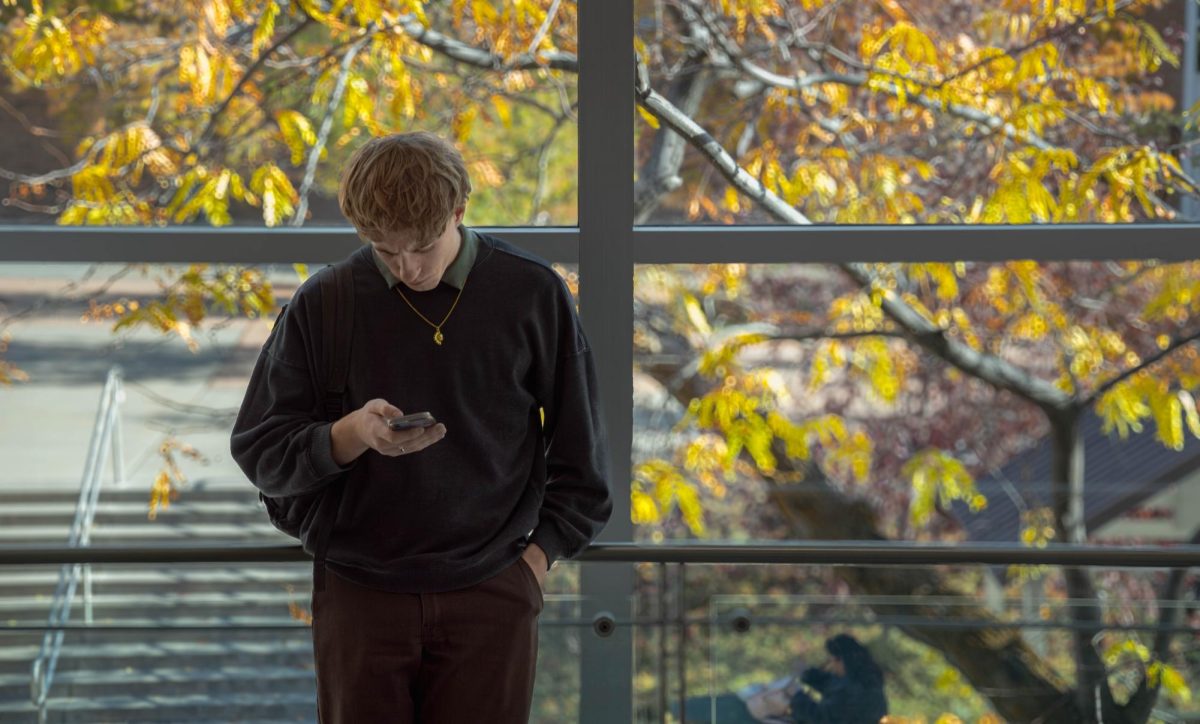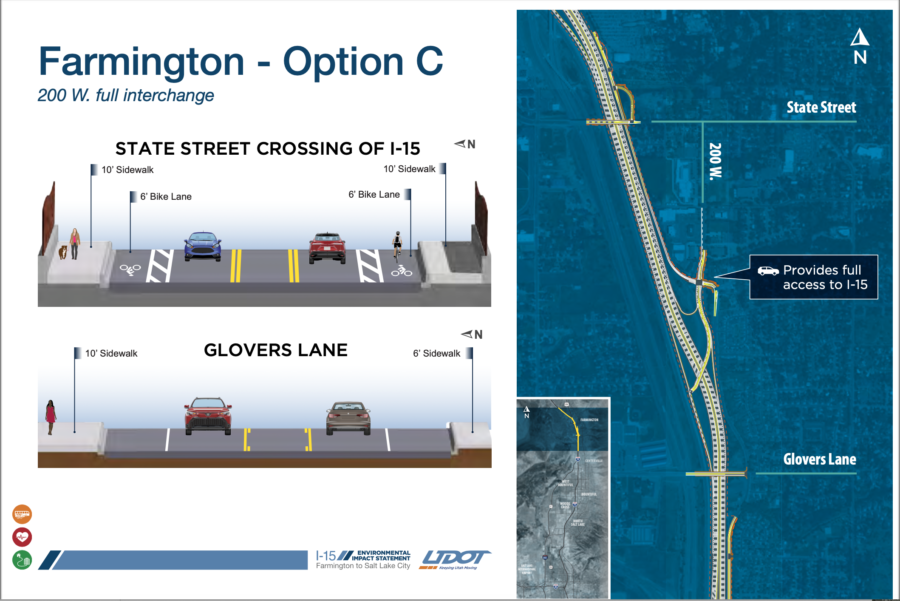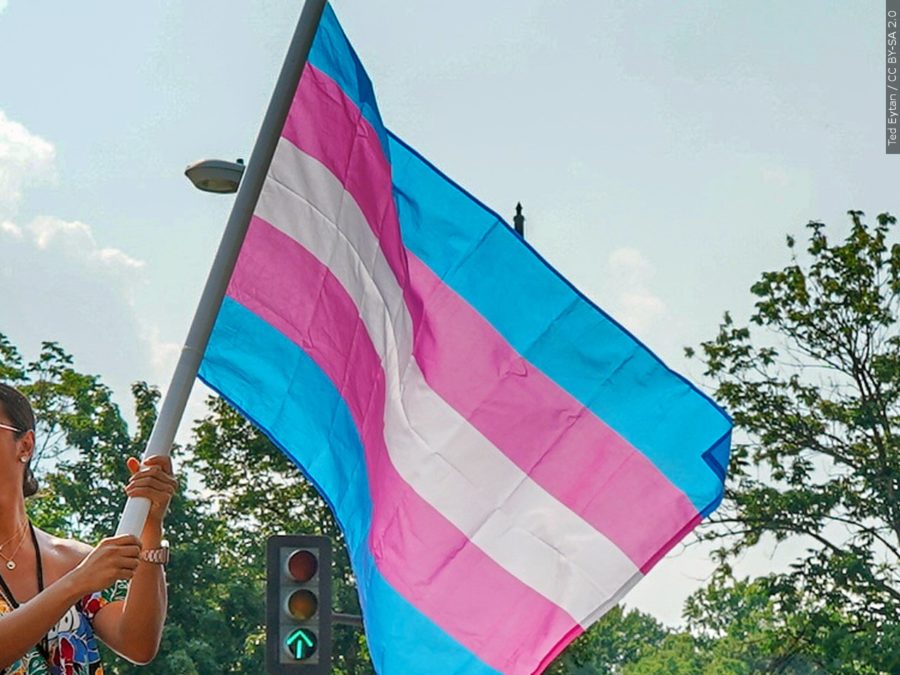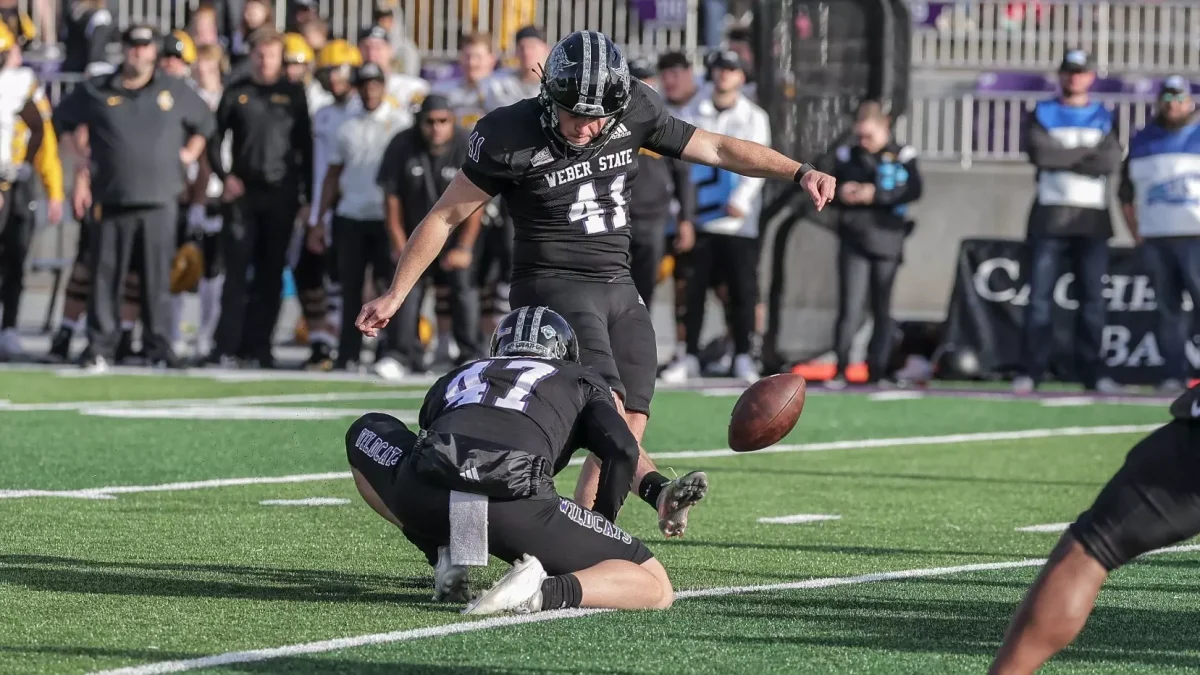It is currently a violation in Utah to live in a rental unit with more than three unrelated residents, unless otherwise approved.
The Ogden City Council met on June 13 to hear a proposal requesting approval to build an off-campus student housing complex on 3801 Harrison Blvd. The complex would allow four unrelated tenants to live in one unit.

Previously, projects like this have been brought before the Ogden Planning Committee but failed to come to fruition because of housing ordinances in the past that allowed too many individuals ― about five ― to live in houses meant for only a maximum of three people.
This created traffic congestion in residential areas, a drop in property values and an overall strain on relationships between homeowners and student tenants.
The proposal contains three petitions to change current zoning ordinances for this particular complex.
The first petition combines the Southeast Ogden Community Plan with the Community plan map. This essentially means the plan for Ogden zoning, businesses and transportation would be updated to include the proposed zoning ordinances for this project.
The other two petitions concern the proposed zoning ordinance, which would allow four non-related tenants to reside in the same apartment.
The second rezones four different properties ― the western half of 3801 Harrison Blvd., 3778 Brinker Ave., 1176 East 3850 South and 1164 East 3850 South ― from a single family residential area to a mutli-family residential area.
The third redefines student housing for the property at 3850 Harrison Blvd.
According to a news advisory released by the Ogden City Council, this petition would also rezone locations including the western half of 3801 Harrison Boulevard and all of 3778 Brinker Avenue, 1176 East 3850 South and 1164 East 3850 South.
Adam Allred, co-owner of Axis Marketing, the Ogden City planning manager Greg Montgomery and other developers spoke on behalf of the project during the four-hour meeting.

Brad Mortensen, vice president of University Advancement, also attended the meeting. Mortensen spoke on behalf of Weber State University because the housing would be geared toward students.
Community members heard project details, expressed their thoughts on the plan and asked questions for clarification.
Ogden City created a graphic stating “public input requested.” Input could be delivered by phone, email or in person at the meeting.
Plans for the new housing development rose out of a predicted surge of students in years to come.
The Utah System of Higher Education provided statistics on the influx of students who will attend Weber State, starting with the fall of 2017 and ending with the year 2025. The statistics show an almost 10,000 student increase within the next eight years, with an annual growth of 3.5 percent.
As university enrollment rates continue to grow, there is a lingering question: How would this affect university housing?
According to the Standard-Examiner, Weber State Director of Public Relations Allison Hess stated that the two on-campus housing facilities combined can house 1,001 students, and the buildings were about 85 percent full during the 2016 fall semester.
Developers argued that more housing will be needed in order to maintain a growing university and city.
“There’s growth that’ll be definitely associated with Weber State … and for us, that’s very telling that there will continue to be a growing need,” said Allred.
The developers’ research estimates that University Village, a Weber State campus housing facility, may be 95 percent full during the upcoming fall semester.
“We were a little bit nervous because we have our own beds that we have to fill as a university, but then as we looked over that, we said this might be a good thing because this might be a part of the recruiting dynamic,” said Mortensen.
Another argument presented was that Weber State housing for both Wildcat Village and University Village would cost more per month than the proposed complex.
The new student housing development will cost about $420 per student each month.
“From a student perspective, it’s nice to have student housing for relatively cheap,” said Jason Chan, a Weber State University student.
Because the new complex will be constructed off campus, there is a possibility of tenants moving in who are not students. A background and credit check will be required to confirm tenants would be suitable to live in the complex.
Residents spoke in both approval and opposition of the housing proposal.
Ogden residents Tom, Lori and their daughter, Annika Daniels, have lived in the area for over 20 years. While they love the community, they are wary of a new housing development so close to home.
“The impacts we’re talking about are not insignificant. We are talking a complete change in our neighborhood. We have shown up at countless planning meetings to simply be ignored,” Tom Daniels stated while speaking to the council members. “This is going to drastically change it, and I feel that the city has drastically minimized our concerns.”
One concern residents had was over parking and traffic, particularly the parking on campus during the fall and spring semesters.
The developers believe that the complex could help minimize this issue because the complex is walking distance from campus.
A traffic study was completed, showing no impact on level of service or access to Harrison Boulevard. Approximately 30 cars would be added during peak hours.
The complex will enforce strict parking policies, including permits for each car owned by tenants. Any vehicles that park within the complex and do not belong to a tenant are not permitted to park on the property and could be booted.
For all students who live on the premises, Allred said, “Parking permits will be issued to each student that would be posted in their cars.”
Residents also raised concerns over noise ― especially from construction, which would be active at early hours of the morning, spread dust and possibly close roads.
Montgomery explained construction vehicles and workers will use 3850
Brinker Ave. to move materials in and out, and to complete the project, developers would do their best to ensure the least amount of disturbance, as requested by the council members.
As for hours of construction, Montgomery said it would take place between 6 a.m. and 7 p.m.
“The ordinance has a certain time frame … to help mitigate this issue,” Montgomery said.
After four hours of presentation, community input and deliberation, the council members voted to pass all of the petitions, with certain provisions.
With approval of the proposal, the development of the complex is ready to continue forward. If the project starts construction soon, it could be done within a year.
“If we get started right now, the project would be completed by fall of 2018, which is when Weber State will see an influx of students,” said Allred.



















